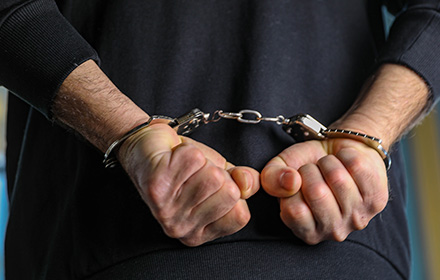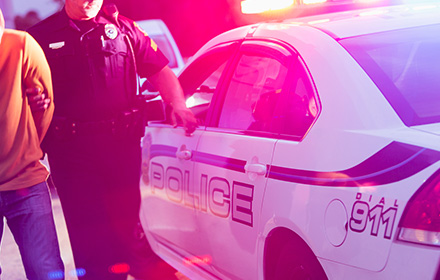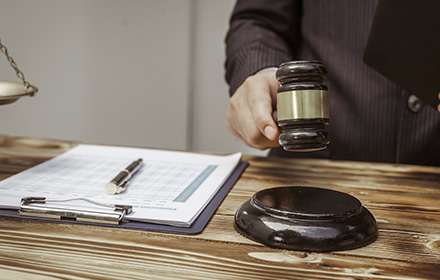DNA evidence in miami criminal investigations
July 14, 2015
After a crime takes place and law enforcement are called to the scene, officers will often secure the area will bright yellow tape. What happens behind the yellow tape? Is it just like the episodes on CSI?

From body fluids such as blood, semen and saliva, to suspect weapons, shot shells, cartridge cases, and tool marks, crime laboratory analysts have a big job to do, and they're on call 24/7 to examine major crime scenes. One of the most critical parts of an investigation is the collection and preservation of physical evidence.
Florida's Criminal Analysis Laboratory SystemUnder Chapter 943 of the Florida Statutes, Florida has a statewide criminal analysis laboratory system, which provides investigative services to law enforcement agencies throughout the state.
The FDLE crime lab utilizes sophisticated scientific equipment and technologies to assist in criminal investigations. The crime lab system provides evidentiary analysis in various forensic disciplines, including:
- Biology and DNA
- Chemistry
- Crime Scene
- Digital Evidence
- DNA Database
- Firearms
- Latent Prints/Impression Evidence
- Toxicology
- Trace Evidence
Miami police spokeswoman Frederica Burden says that crime scenes are like jigsaw puzzles. Detectives are trying to put all of the pieces together.
While violent crimes are solved in less than 60 minutes on TV, detective say that they can't even begin their investigation for hours because they don't want to contaminate the crime scene.
Alvaro Zabaleta, a Miami-Dade police spokesman said it's not like Hollywood. Things don't happen that fast, he said.
First, the medical examiner's office is called. Once the bodies are removed, the yellow crime scene tape goes up and the investigators take pictures. After that, homicide detectives dust for fingerprints, take blood samples, and get witness testimony.
According to Sunny Isles Beach Police Chief Fred Maas, for them it can be 6 to 10 hours of collecting evidence, logging and cataloging evidence before they are finished. And that he says, is only the beginning.
The "CSI effect" has had a major impact on the public's perception of crime solving, said Broward Sheriff's Homicide Detective Sg. Scott Champagne. He said that with trials, jurors often ask why it takes so long to solve a case.
Zabaleta said that the main thing that people have to understand is that time is on their side. He said that there's no reason to rush and possibly make mistakes. He said that it's not just about solving a case, but about prosecuting.
Champagne said that detectives only have once chance to get it right. He said that at the end of the day, it's their job to ensure that the person who committed the crime is prosecuted.
Are you being investigated for a crime? Contact a Miami criminal defense attorney from Donet, McMillan & Trontz, P.A. to discuss your case with an award-winning legal team!


















